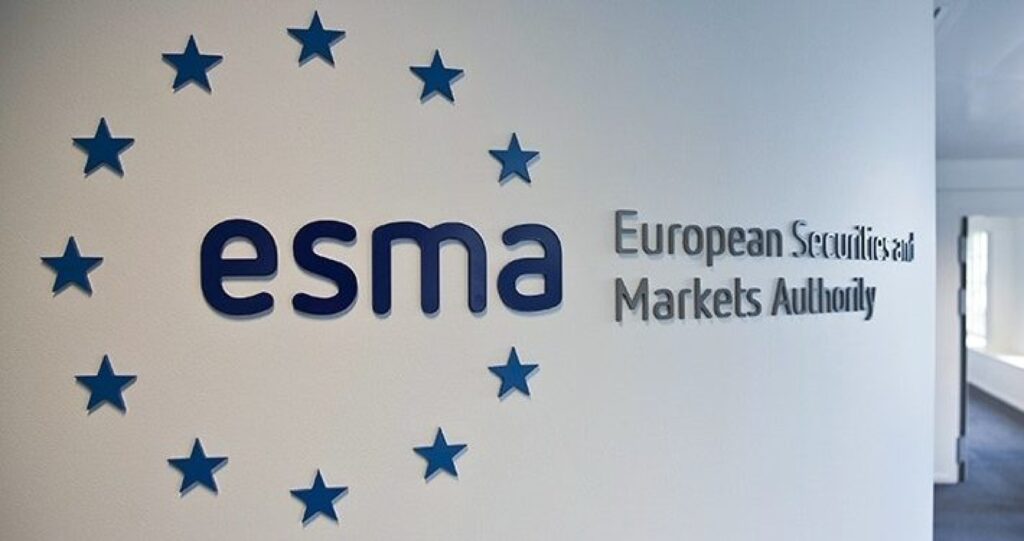The European Securities and Markets Authority (ESMA) is making strides in the crypto-asset sector regulation by unveiling its initial report and initiating a third round of consultations as part of the Markets in Crypto-Assets Regulation (MiCA) efforts.
The report details proposed guidelines for the authorization of crypto-asset service providers (CASPs), outlining the application process, notification requirements for financial institutions aiming to offer crypto services, criteria for reviewing significant stake acquisitions in CASPs, and handling of consumer complaints.
This initiative is aimed at leveling the playing field among CASPs and ensuring investor protection throughout the EU.
The ESMA’s Securities and Markets Stakeholder Group has backed these regulations, advocating for equal regulatory treatment for all financial entities engaged in crypto-asset services, mirroring the scrutiny applied to traditional financial intermediaries.
They propose a “two-track approach” for notification and authorization processes to harmonize the oversight.
Kok Kee Chong, AsiaNext’s CEO, lauded the report, stating, “By striking a balance between investor protection and fostering innovation, regulators are rightly aiming to promote trust in the crypto ecosystem and ensure its sustainable growth in the long term.”
The third consultation phase by ESMA calls for feedback on proposed regulations regarding market abuse detection, crypto-asset transfer service policies, crypto-service suitability, and ICT resilience under MiCA, with a deadline for stakeholder input set for June 25, 2024.
Kok Kee Chong further commented on the importance of risk management in the volatile crypto market, emphasizing alignment with broader financial industry practices and proactive risk management for exchanges to mitigate market uncertainties for institutional traders.
The regulatory momentum extends beyond ESMA, with the European Banking Authority (EBA) engaging in consultations on MiCA regulations since 2023.
This includes the drafting of rules for stablecoin issuers, undertaken by both EBA and ESMA earlier.
These regulatory frameworks incorporate lessons from recent upheavals in the crypto market, including service provider collapses, aiming to integrate these experiences into a more resilient and equitable regulatory scheme.
